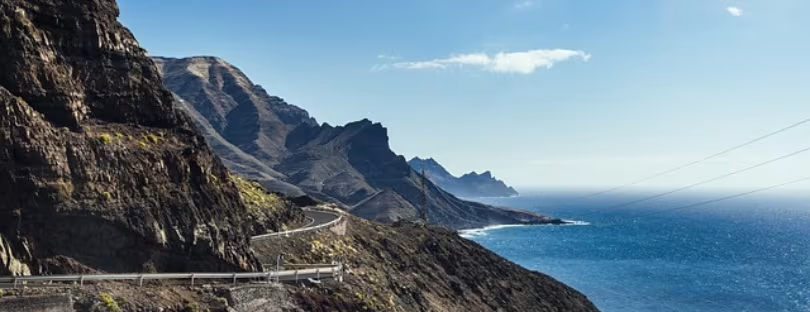
Dublin’s Tourism Tax Proposal in Context of a Global Trend
Across Europe and beyond, city and national governments are increasingly turning to tourism taxes—levies charged on overnight stays, entry to attractions, or departures—as a tool to manage overtourism, fund public infrastructure, and preserve local character. Dublin tourism tax
As tourism rebounds sharply after the pandemic, many destinations have reached tipping points where visitor numbers strain local life, prompting fiscal yet often controversial solutions.
1. What Has Dublin Proposed?
On June 24, 2025, Taoiseach Micheál Martin announced that Dublin is considering a tourism tax as part of the Dublin City Taskforce roadmap aimed at revitalizing the city center—including upgrades to the GPO, derelict properties, and amenities.
- No formal rate has been set, but estimates range from €4 million to €41 million annually, depending on the structure (e.g., €1–€2 per night up to €5–€10).
- The move remains under review, with timeline and implementation details to be fleshed out in the coming months.
2. Why Now? The Pressures Driving the Proposal
Dublin has seen rapid tourism growth, but this has brought challenges:
- Overcrowded public spaces
- Strains on transport, housing, and heritage sites
- Rising public frustration about cleanliness, safety, and short-term rentals
A tourism tax is viewed as a way for visitors to help pay for the city’s upkeep, creating a more sustainable model—provided the revenues are transparently invested in residents’ and tourists’ experiences alike.
3. Global Snapshot: Cities & Countries with Tourism Taxes
Here’s a look at destinations already using or expanding tourism levies:
Europe
| Destination | Type of Tax | Details |
|---|---|---|
| Venice | Daily entry fee | €5 per person on peak days; overnight stays already taxed €3–10/day |
| Barcelona / Balearic Islands | Accommodation and cruise levies | €1–4/night plus cruise ship fees; bans on short‑term rentals; rising local protests |
| Amsterdam | % of accommodation cost + flat nightly fee | 12.5% occupancy tax plus €3/night |
| Paris, Rome, Madrid | “Taxe de séjour” / hotel levies | Vary by rating: €1–17/night; funding transport and infrastructure |
| Edinburgh (Scotland) | Visitor levy | Expected ~5%, starting July 24, 2026 |
Asia & Oceania
- Bali: ₹150,000 (~USD 10) per entry since Feb 2024.
- Japan: Departure “Sayonara Tax” of ¥1,000 per traveler.
- Thailand: 300 ฿ by air or 150 ฿ entry tax.
- New Zealand: International Visitor Conservation & Tourism Levy (NZD 35) via visa applications.
Americas
- United States & Canada: Local hotel occupancy taxes vary—N.Y. or S.F. may exceed 14%, BC province uses 3%, others vary.
- Mexico: State lodging taxes around 3% per night.
- Brazil: Lodging levies range 5–15% depending on city

The Temple Bar – Dublin
Single-Country Wide Levies
- Italy: “Tassa di soggiorno” varies by city (€1–5 in Rome, plus Venice entry fees).
- France: “Taxe de séjour” depends on accommodation quality (€0.65–15+).
- Greece: Cruise passenger levies and hotel fees up to $5/night.
- Hungary: Local tourism tax, ~4% of accommodation cost.
- Iceland: National fees: campsites ~$2, hotels ~$4, cruise ship ~$7.
- Austria: Local “Ortstaxe” varies; Vienna ~3.2%.
High-Impact Examples
- Bhutan: $200–250/day sustainable development fee.
- Riga (Latvia): €1/night municipal tax since Jan 2023.
4. Benefits & Drawbacks
| Pros | Cons |
|---|---|
| Generates revenue for infrastructure, conservation, and public services | It may discourage tourists if fees are high or unclear |
| Helps manage overtourism by reducing transient visitor volumes | Adds a cost burden to hospitality businesses |
| Requires strict transparency and clear fund allocation |
5. What Comes Next for Dublin?
- A joint regional planning team is expected to develop legislative proposals by September 2025.
- Any implementation will likely be a phased, localised approach, with pilot areas (e.g., Temple Bar) determining best practice before city‑wide rollout.
- Close consultation with hoteliers and public feedback will be essential to balance returns and reputation.
Conclusion about Dublin tourism tax
Dublin’s proposal to introduce a tourism tax reflects a global shift toward charging visitors in order to maintain vibrant, livable cities. Similar schemes—from Venice’s entry fee to Bali’s arrival levy and Edinburgh’s visitor charge—demonstrate both success and caution. The challenge for Dublin will be designing a levy that raises meaningful revenue (€4–€41 million/year) without deterring tourists or alienating the local tourism industry. The coming months will be critical: rate setting, pilot planning, and transparent allocation will determine whether the tax becomes a model of sustainable tourism funding—or a cautionary tale.









